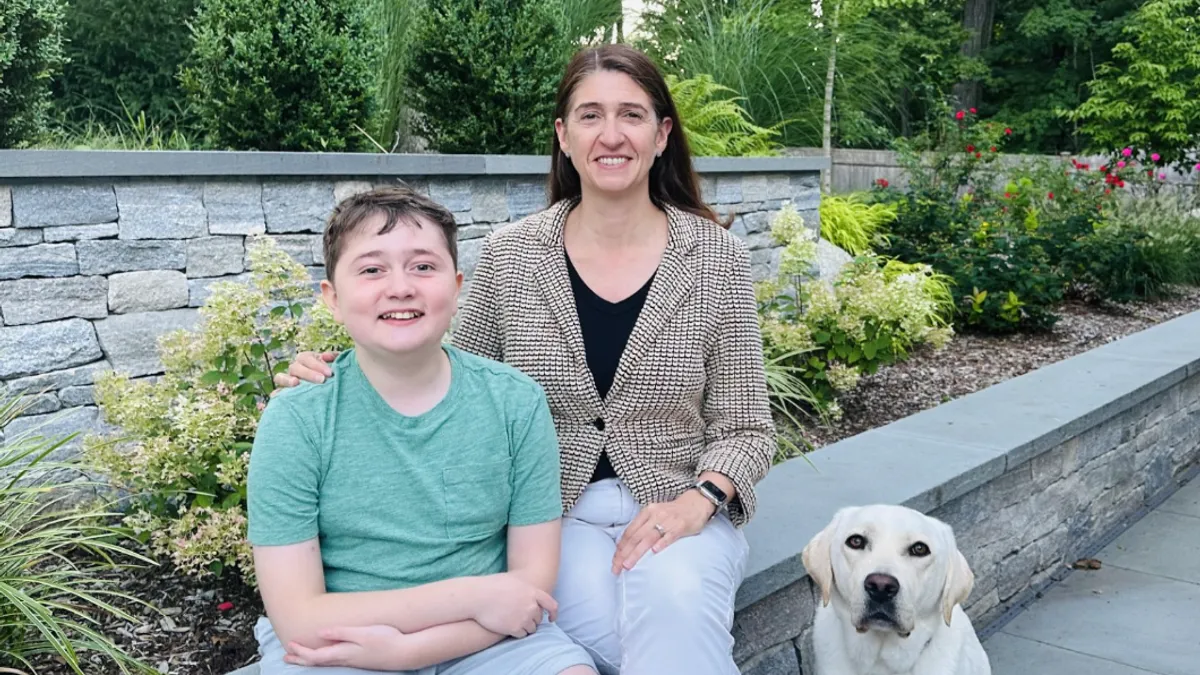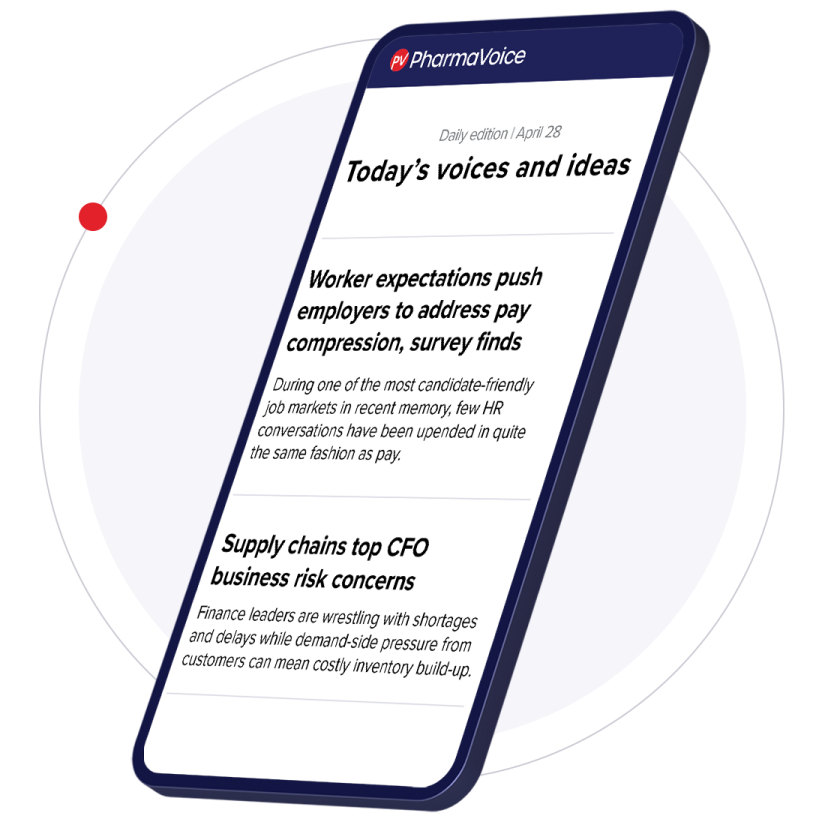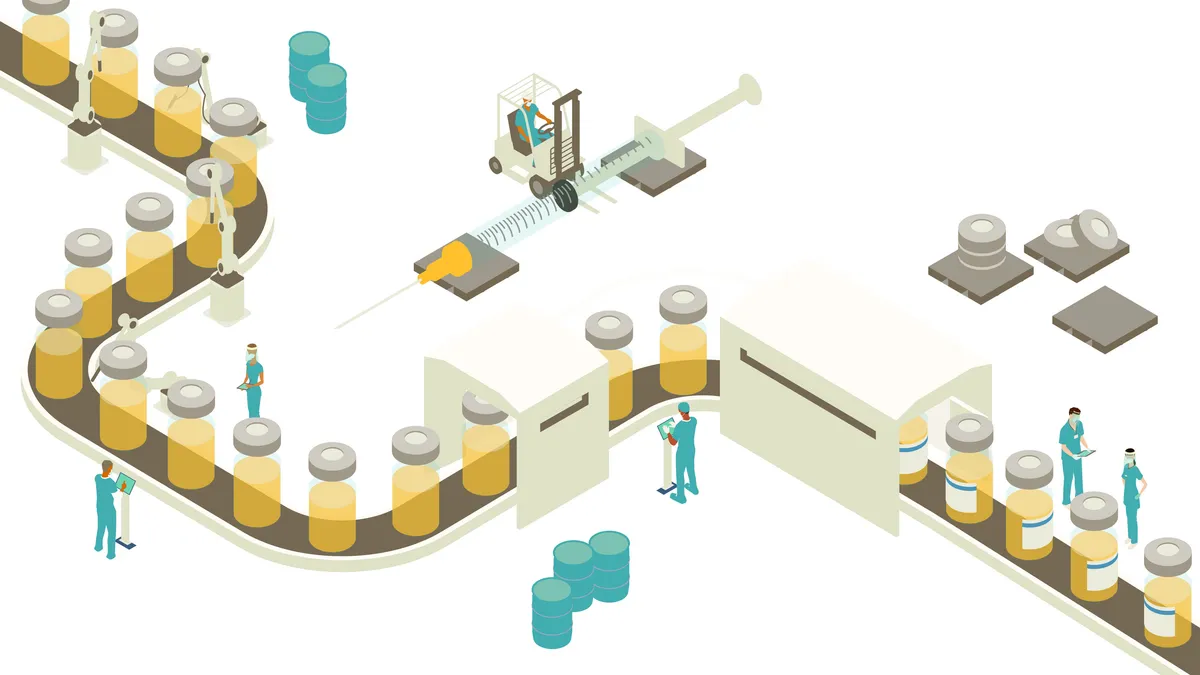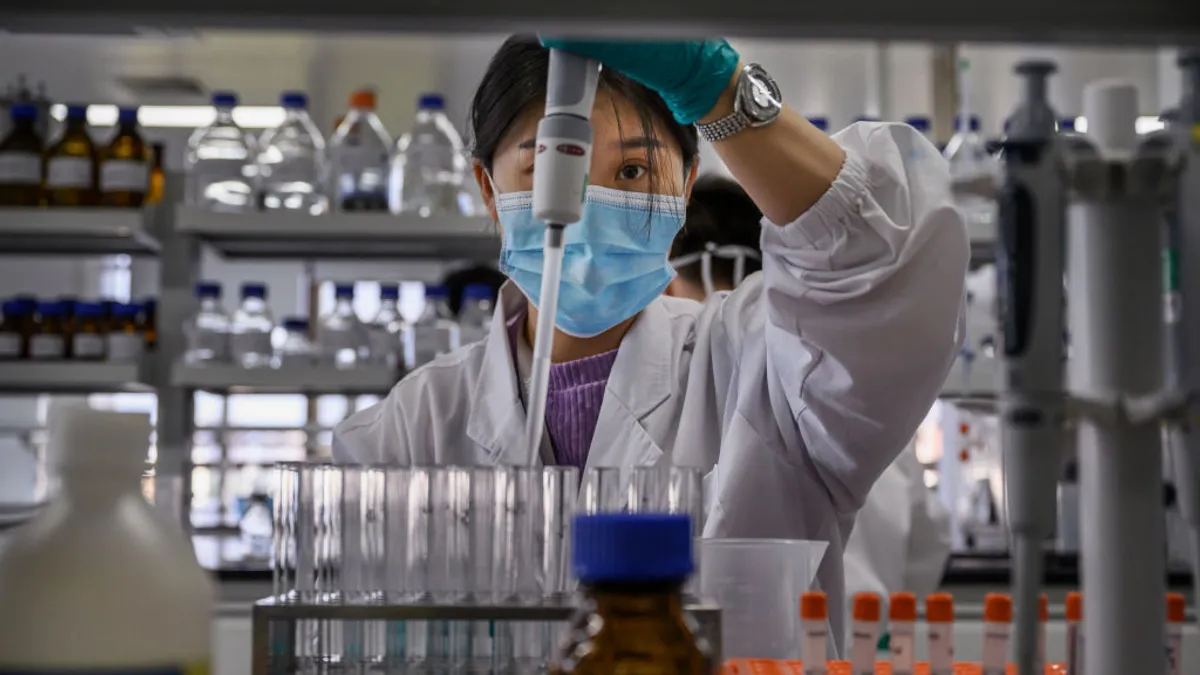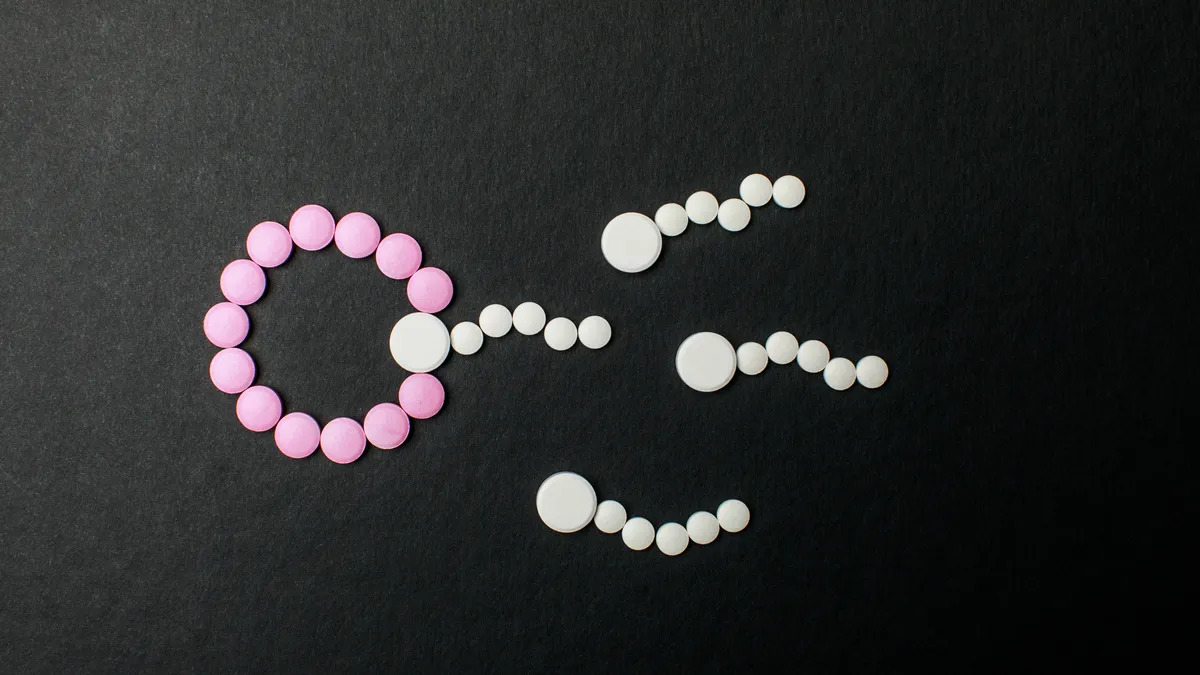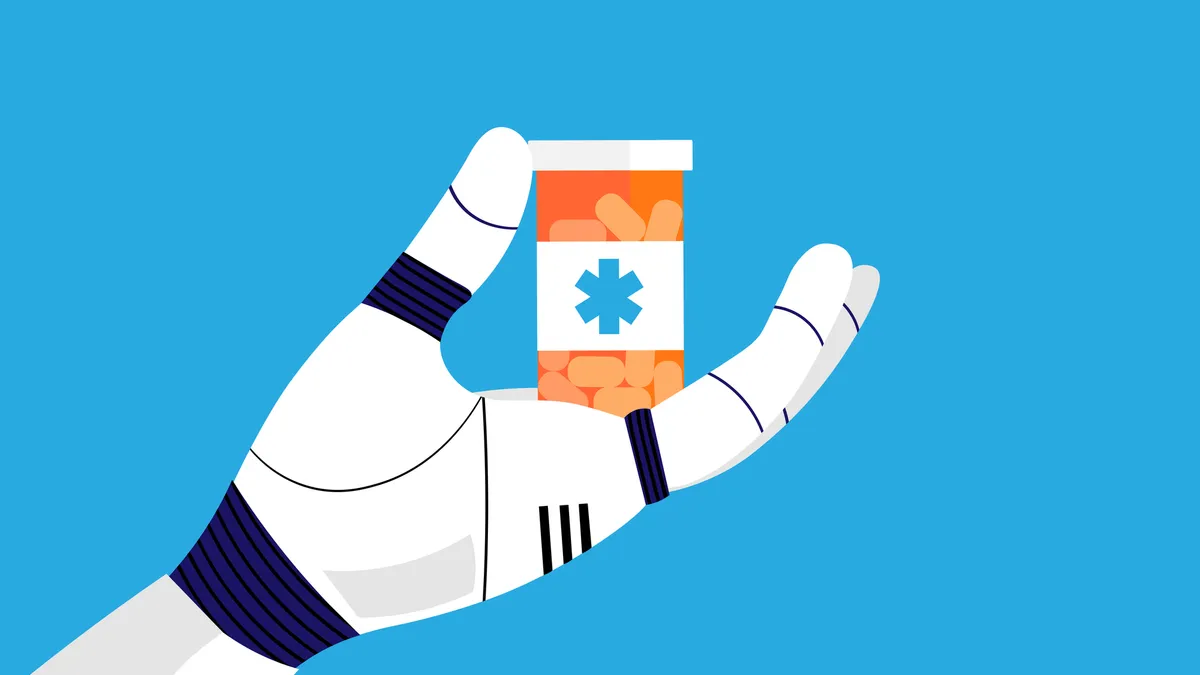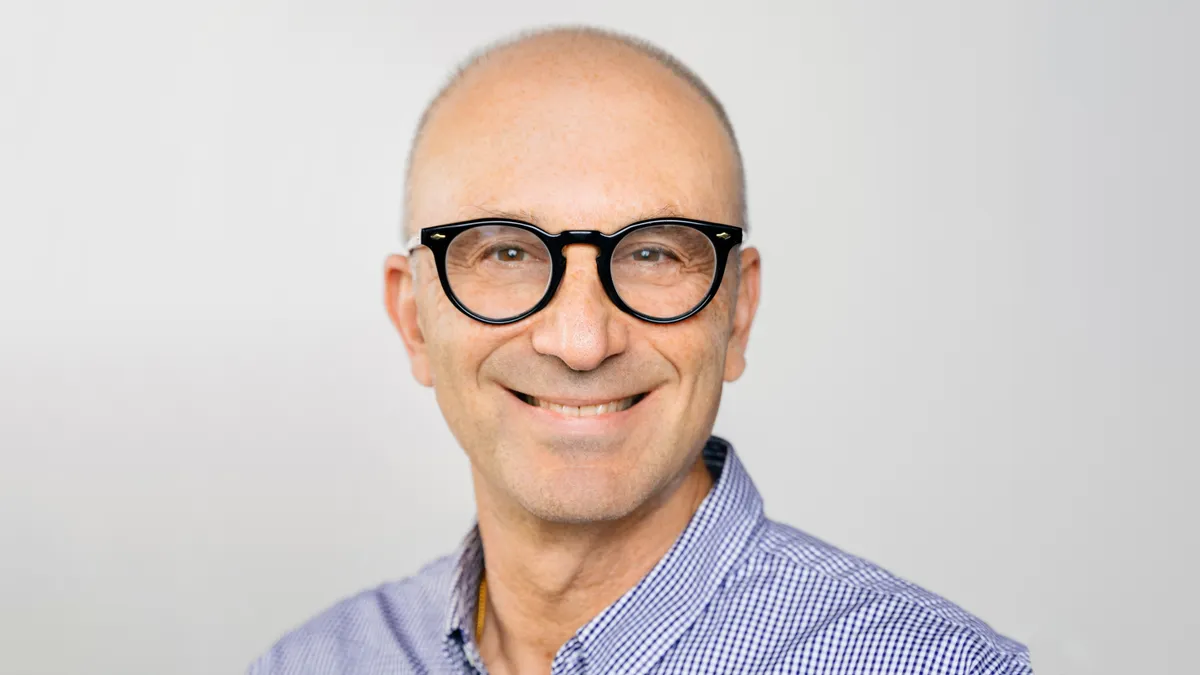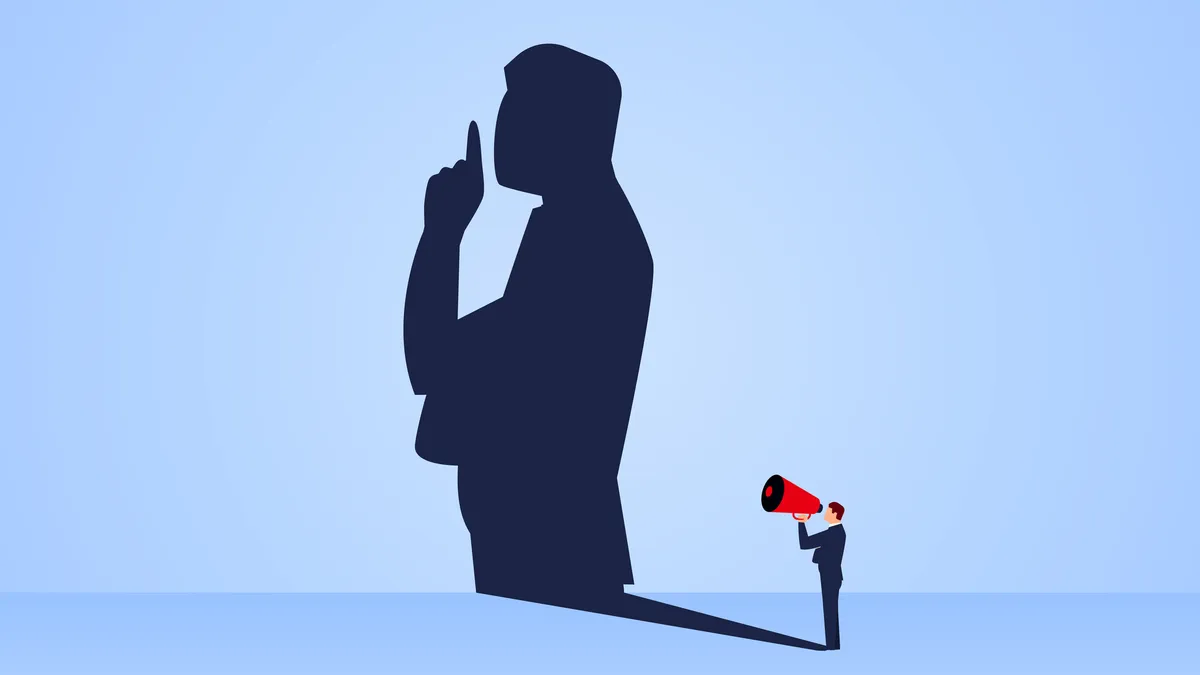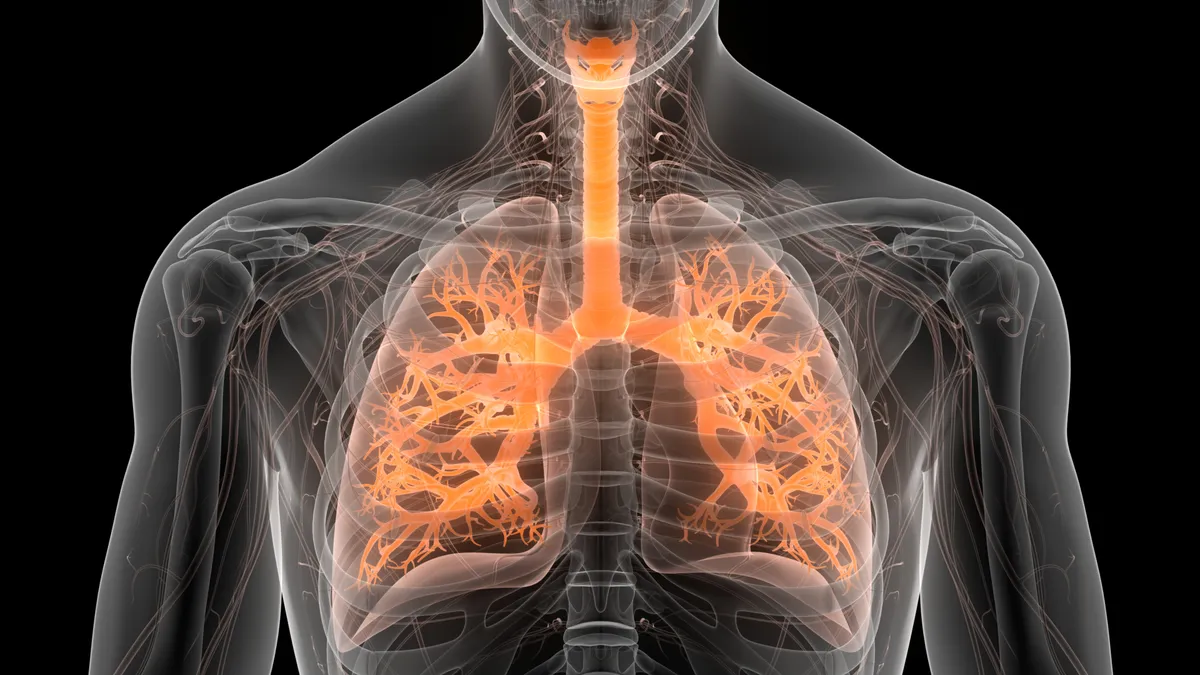When Michelle Werner’s son Caffrey was diagnosed with Duchenne muscular dystrophy five years ago, she felt adrift. Lost in a fog.
“We felt like we were marooned on an island in the middle of an ocean, completely alone and having to figure out how to fend for ourselves in a very foreign situation,” Werner said.
A child’s rare disease diagnosis is devastating news. And for the Alltrna CEO and ex-Big Pharma exec with almost two decades of drug development experience, her son’s journey with DMD also became a call to action.
DMD patients often become wheelchair bound as the disease progresses and face grim prognoses, even if “survival into the early 30s is becoming more common than before,” according to the Muscular Dystrophy Association.
“It was so disheartening, and as I dug into it further, his diagnosis cast a spotlight on the inadequacies for rare disease drug discovery and development. I got this pull to professionally transition my career as well.”

Michelle Werner
CEO, Alltrna
Although it was little solace at the time, Werner had a toolset most parents do not: a deep knowledge of the drug development process and a leadership position in healthcare.
With that experience, Werner also caught a glimpse of the glaring inadequacies rampant in rare disease R&D. At 10 years old, Caffrey didn’t fit the typical diagnosis age of about 2 to 5, and that, along with other factors, made him ineligible for all available clinical trials — a fact Werner learned immediately as she desperately sought options.
“I thought, holy cow, is it really possible that nothing is going on that my son could be eligible for? I felt like he was overlooked,” said Werner, whose 20 years in drug development were mostly in oncology — a field that boasts scores of clinical trials for patients of all ages. “That's how I felt as somebody who had familiarity. Imagine if you have no familiarity, how isolating and disheartening that could feel. That's what these families go through all the time.”
As she wrestled with Caffrey’s initial diagnosis, Werner came to understand ways the rare disease R&D pipeline can be improved. There’s hope, she says, in one day at a time.
Caffrey’s story
The year was 2020 and the world was grappling with the beginning of the COVID-19 pandemic when Werner’s own world came crashing into stark reality. But long before that time, when Caffrey was a baby, there were already signs.
“We noticed, even at 6 months old, that he was missing some of his gross motor skills, like sitting up independently, rolling over — the general consensus was that he had what’s called hypotonia, low muscle tone, and he would just catch up with his peers,” Werner said.
Physical therapy helped Caffrey become stronger and reach a healthy level of development. But later, when the family was living in Stockholm and Caffrey was about 8 or 9 years old, his motor skills deteriorated again. He showed difficulty climbing stairs. He stood up from the ground in an unusual way called the Gower’s maneuver to accommodate weaker hip muscles.
At a time when specialist appointments were tough to come by due to the pandemic, the family was finally able to speak with a neurologist who “took one look at Caffrey and knew it was muscular dystrophy,” Werner said. A genetic test confirmed the worst.
“The first thing when something like this happens is to think, OK, what’s the standard of care? How do I wrap my head around what’s the best possible option we have right now?” Werner said. “That’s when I realized the standard of care is not very good.”
Daily high doses of corticosteroids come with “a battery of side effects that are really atrocious, and that standard of care hasn’t changed for a couple decades,” Werner said, leading her to explore available studies at ClinicalTrials.gov — to no avail.
“It was so disheartening, and as I dug into it further, his diagnosis cast a spotlight on the inadequacies for rare disease drug discovery and development,” Werner said. “I got this pull to professionally transition my career as well.”
A new path
For Werner, a deeply emotional and personal experience was also a professional epiphany.
“Having worked for 20 years in oncology, I feel like I played a small role in bringing novel medicines to patients in those areas,” said Werner, who has headed up cancer drug launches and strategic directions at Novartis, AstraZeneca and Bristol Myers Squibb. “Now, if I’m going to work for another 20 years, I want to do the exact same thing for rare diseases, because I know what it’s like to be a family that feels completely left behind.”
While sometimes viewed monolithically as a business unit, Werner saw an opportunity to look at rare diseases in a new light.
“We have to find different ways to tackle the problem of 10,000 or so rare genetic diseases than the way we’ve been doing it historically,” Werner said. “Novel treatments like gene therapy, gene editing, mRNA, antisense oligonucleotides — you name it — are all very specific for a certain disease or gene or protein, and we can’t tackle a problem of 10,000 diseases one by one, because it’ll be a long time before we make a dent in that problem.”
Most of all, patients like Caffrey don’t have time to wait.
“I feel this incredible sense of urgency because of my family’s real-life experience to make a much more profound, transformative difference in many diseases at a time,” Werner said.
In 2022, amid Caffrey’s ongoing journey, Werner switched gears from the hallowed halls of Big Pharma to the next-generation efforts of biotech innovation. Through the venture capital group Flagship Pioneering, she stepped into the CEO role at the genetic medicine company Alltrna, where tRNA technology was being used “to simplify the problem of 10,000 different diseases into universal diseases that can be addressed with a single tool,” Werner said.
"I realized that I’m the best mom when I’m also wearing my CEO hat, and I’m the best CEO when I’m also wearing my mom hat, because I can understand what needs to be done and why things are so important.”

Michelle Werner
CEO, Alltrna
Today, Alltrna has a pipeline aimed at reversing mutations known as codon diseases in the liver, with one candidate revving up for clinical trials and others in preclinical and discovery phases. What tRNA offers for that bucket of rare diseases is what Werner had been looking for: one technology that serves as the groundwork for treating multiple conditions.
One concept Werner brought to Alltrna is basket trials, which she said is a standard oncology approach that puts patients with the same mutation in a clinical study to treat them with one therapy in a disease-agnostic but mutation-specific indication, she said.
“It’s a great way to address the unmet medical need in R&D and it’s a perspective that hasn’t been done so frequently within the rare disease setting,” Werner said. “Not only do you treat the more common of the rare diseases, which is typically where R&D is focused, but you can also bring in the ultra-rare populations that would probably never get a clinical trial in their own right.”
That strategy stems from having both feet in two different worlds as a mother and as a life sciences leader, Werner said.
Mom hat, CEO hat
Werner came to Alltrna with doubts that the two parts of her life could coexist.
“When I first took this job, part of me wondered, am I going to have to compartmentalize being a mom and being a CEO?” Werner said. “But I realized that I’m the best mom when I’m also wearing my CEO hat, and I’m the best CEO when I’m also wearing my mom hat, because I can understand what needs to be done and why things are so important.”
And with Werner’s experience within the machinery of Big Pharma, she sees the power of a smaller biotech that can take risks in the name of science. In past positions, she has had to make tough choices to cut programs that don’t match a company’s appetite for lofty bets.
“Unfortunately, I’ve seen several programs that have stopped or not advanced because there were other ones that were more valuable to the company,” Werner said. “It feeds an issue of patients continuing to be overlooked and underserved, and that’s somewhere I want to be able to make a difference.”
Werner sees Caffrey’s face in every patient waiting for a better option.
“I know firsthand that every single day matters — every single day,” she said. “So if we get data today and make a decision based on it tomorrow, which is something that big companies don’t necessarily have the luxury of doing, we can take on novel modalities and generate new science that can make that difference.”
Progress is being made in DMD with new treatments like gene therapies and exon-skipping drugs, even in the five years since Caffrey was diagnosed.
Turning 15 this year, Caffrey is navigating high school with his service dog Ticket and, like many teenage boys, enjoys video games and “epic fail” videos online. He’s also a big history buff and he makes his own sour pickles at home. Werner said he’s wise beyond his years, not so much waiting for a better treatment than staying optimistic for when that day comes.
“Duchenne is a terrible disease and a terrible diagnosis to have, but it’s at least a disease that’s getting attention,” Werner said. “I’m very, very grateful that there are several companies, mostly small biotech companies, focusing in this arena. That is a blessing, and it’s a better place for us to be than we were a few years ago.”
Still, Werner tries to leave looking into the future for the biotech side of her brain. As a mom, she sees the world a little differently.
“When my son was first diagnosed, I had to learn a really important lesson, which is don’t think about the future that much,” Werner said. “Live in today’s world, not in the future world — he reminds me of this every day, to live the life, not the diagnosis.”



